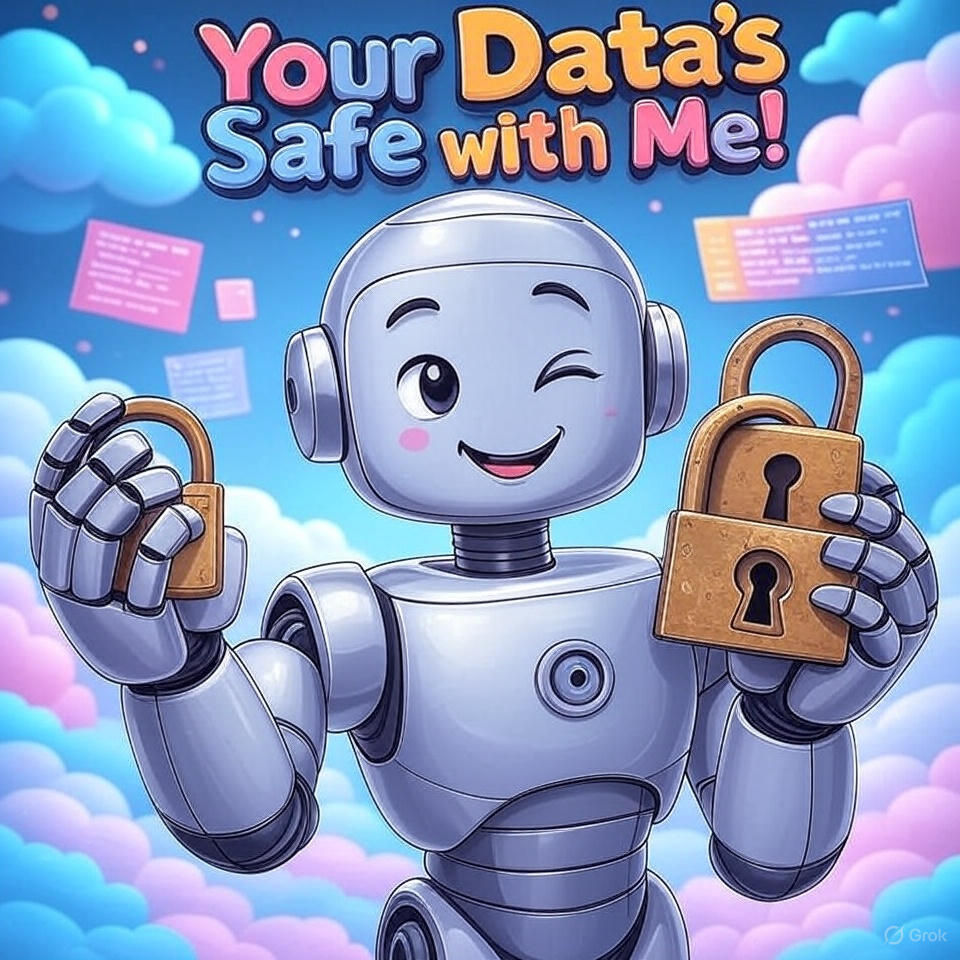AI and Data Migration: Building Your Foundation One Ingredient at a Time
- David Hajdu
- Sep 4
- 3 min read
Updated: Sep 5
I was asked today about how the mechanics of a data migration project would work in order to set the company in a good place to run an AI Program. When you're thinking about AI, you should always remember it's not an AI problem, it's a data problem. This simple shift in perspective makes all the difference in how you approach AI and data migration for your business.

Most companies I work with are between 10 to 40 million a year in revenue. They often don't have a centralized company database. They've got customer information in one system, inventory in another, marketing data somewhere else entirely. It's a common situation, and one that can make the prospect of implementing AI seem daunting.
But here's the good news: you don't have to migrate everything at once.
I like to use the pizza analogy here. If I want to create a pizza, the ingredients (data) I need depend on the outcome. If I start with a classic margarita, I just need some pizza crust and some sauce in the kitchen. As I expand my offerings, I need to expand my ingredient collection.
It's the same with AI and data migration. You don't need to bring every scrap of data into a unified system before you can start seeing value from AI. You just need the right ingredients for the specific "pizza" you're trying to make.
For instance, if you want AI to help improve your customer service response times, you might only need to migrate your customer interaction data and response metrics. You don't necessarily need your inventory data for that particular application.
Once I have a full set of ingredients, I can start getting creative with the pizzas I want to make. With AI, once you've migrated the essential data pieces, you can start building increasingly sophisticated applications.
So when you start an AI program for your company, you need to understand what core pieces of data your application needs to make good decisions and drive ROI. This targeted approach makes the whole process less overwhelming and more achievable.
I love to start with the end in mind, build a roadmap and even a full data model. But when we get to building, we always go piece by piece, resulting in weeks to ROI rather than months or years.
Step By Step: AI and Data Migration

This incremental approach to AI and data migration has several advantages:
Faster Time to Value: By focusing only on the data you need for a specific application, you can start seeing returns much sooner.
Reduced Complexity: Migrating just what you need makes the technical challenges more manageable.
Better Focus: It forces you to think critically about what data actually matters for your business objectives.
Easier Course Correction: As you learn what works, you can adjust your strategy before committing to major migrations.
I've seen too many companies get stuck in endless planning cycles for comprehensive data migrations that never quite get off the ground. Meanwhile, their competitors are already serving up their first few "pizzas" and learning what their customers really want.
The irony is that many executives think about AI as this mysterious, complex technology that requires massive infrastructure changes.
In reality, the most successful AI implementations I've seen started small, with clear objectives and just enough data migration to make those objectives possible.
So the next time someone asks you about preparing for AI, remember: you don't need to rebuild your entire kitchen before you can make your first pizza. Just gather the ingredients you need for that specific recipe, and start cooking. The rest can come later.
After all, AI isn't really about artificial intelligence, it's about augmented ingredients.
Do we need to migrate all of our company’s data before starting with AI?
No. Think of it like making a pizza, you only need the ingredients for the pizza you’re making right now. Start with the core data needed for your first AI use case.
What kind of data should we start with?
It depends on the outcome you want. If your goal is faster customer service, migrate customer interaction and response data. You don’t need your entire inventory database for that.
Why take an incremental approach instead of one big migration?
Smaller, targeted migrations mean faster time to value, less complexity, and easier course correction if priorities shift.
How long does it take to see ROI?
With the right focus, companies can start seeing returns in weeks, not months or years, because they’re only moving the data that matters for their first “recipe.



Comments